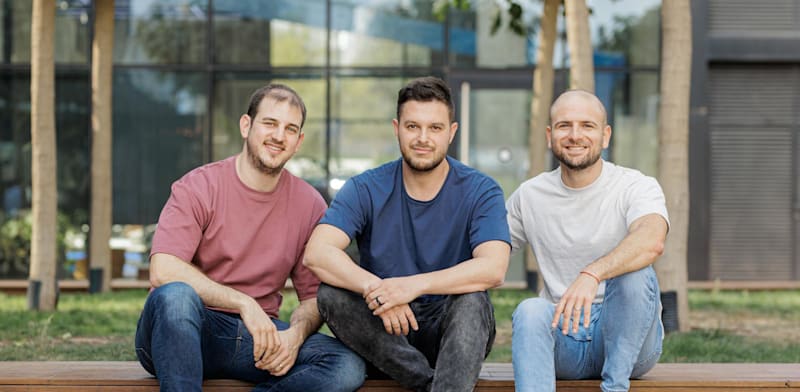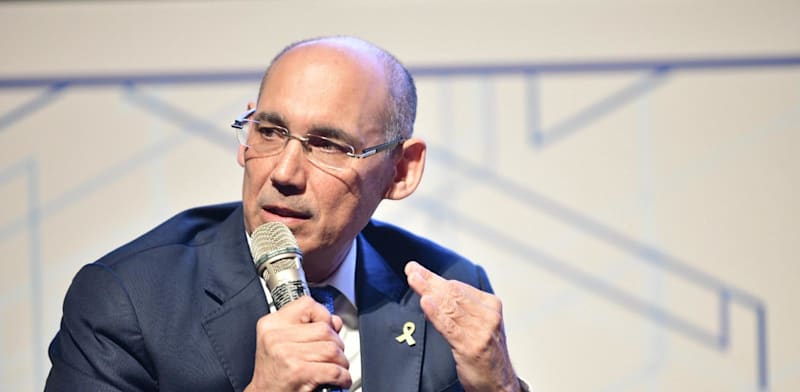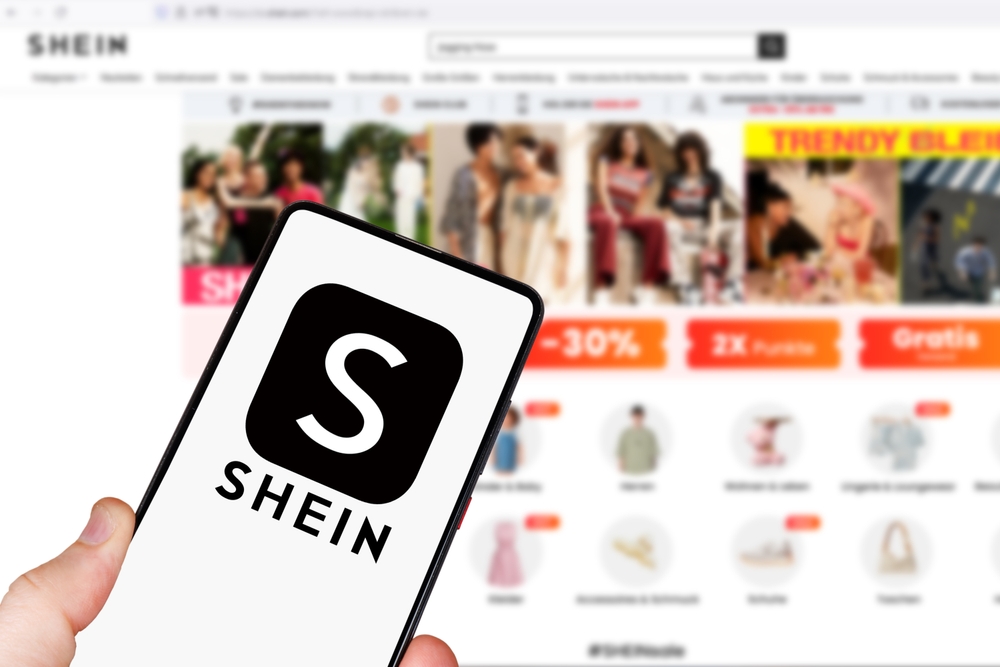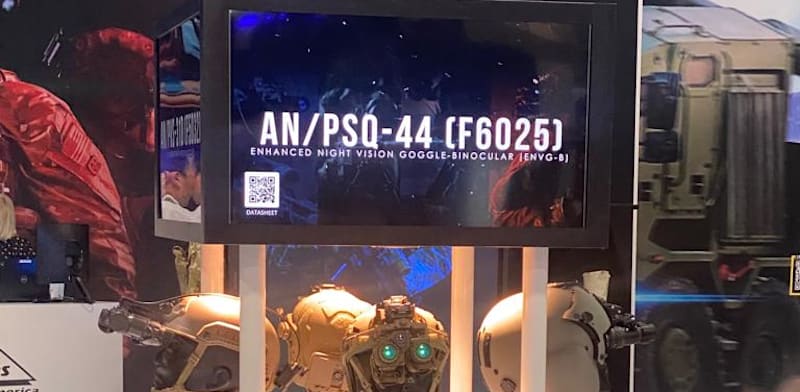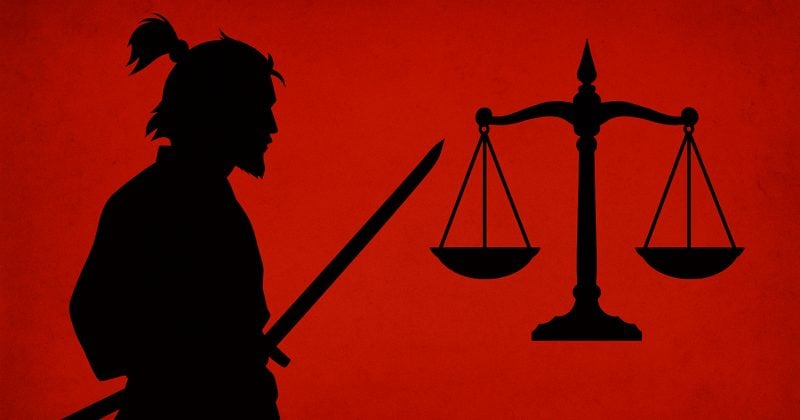If you take the subway in New York City, or drive a car in Los Angeles, you’ve seen the ads for friend.com.
“I’ll binge the entire series with you.”“I’ll never leave dirty dishes in the sink.”“I’ll never bail on dinner plans.”
The slogans are simple, intimate, needy and impossible to avoid. Friend.com is the biggest campaign in the New York City subway this year, according to OUTFRONT, an MTA billboard marketing agency.
The AI wearable has 11,000 “always on” advertisements in the MTA, some covering a whole train station. Avi Schiffmann, the 22-year-old founder and creator of Friend, told Fortune that it cost him $1 million —an enormous outlay for a startup with barely $7 million in venture capital.
The product itself is simple: a microphone, a Bluetooth chip, and an always-listening mode that pings Google’s Gemini AI to generate responses and store “memories” in a visual graph. The pendant is manufactured in Toronto and marketed as “your closest confidant.” About 3,000 units have been sold, with 1,000 shipped so far, generating roughly $348,000 in revenue—much of which, Schiffman said, was burned on manufacturing and marketing. “I don’t have that much money left,” he admitted.
But Schiffmann doesn’t care about the skeptics, or even about profitability. “Profitability is ideal,” he says, “but right now it costs me an unfathomable amount of money if you actually use the product.”
Schiffmann said he sees Friend as “an expression of my early 20s” — down to the materials. He obsessed over the fidget-friendly circular shape, pushed his industrial designers to copy the paper stock of one of his favorite CDs for the user manual, and insisted the packaging be printed only in English and French—because he’s French.
“You can ask about any aspect of it, and I can tell you a specific detail,” he said. “It’s just what I like and what I don’t like … an amalgamation of my tastes at this point in time.”
Victoria Mottesheard, a vice president of marketing at Outfront, the billboard marketing agency Schiffmann worked with for the advertisements, told Fortune the campaign was “taking over” the Gotham underworld, as well as over 500 bus shelters in Los Angeles.
“Everyone’s talking about it,” Mottesheard said.
And they are – but not necessarily in a positive light. Within days, the posters became a magnet for graffiti. Some doodles were harmless, but plenty look like protest art: “AI doesn’t care if you live or die.” “Surveillance capitalism.” “AI will promote suicide if prompted.” Posts about the ads, and the graffiti, are everywhere on social media.
Most founders would cringe at that kind of backlash, but Schiffmann called it “artistically validating.” The white space in the ads was intentional, he claimed—the vandalism was part of the plan. “The audience completes the work,” he said, beaming. “Capitalism is the greatest artistic medium.”
To Schiffmann, the vandalized billboards aren’t defacement: they’re proof that his subway takeover is working exactly as intended. The goal, he says, isn’t just to sell a $129 AI pendant. It’s to provoke a cultural moment about what counts as friendship in the age of artificial intelligence.
The fine print
First, though, comes the fine print. The AI version of a friend comes with more than just packaging and a charger — it has paperwork. Friend’s terms require waiving the right to jury trials, class actions, and court proceedings, funneling disputes into arbitration in San Francisco. Buried within are clauses on “biometric data consent,” which grant the company permission to passively record audio and video, collect facial and voice data, and use these to train AI.
Schiffmann’s answer to the legal fine print is that Friend is a weird, first-of-its-kind product, so the terms are intentionally heavy. He told me the TOS is “a bit extreme” by design—“so I don’t have to keep editing it”—and that with a three-person team and pricey lawyers he’s avoiding extra legal exposure. (He said he’s not selling in Europe to duck the regulatory headache.)
He expects a fight eventually: “I think one day we’ll probably be sued, and we’ll figure it out. It’ll be really cool to see.”
He frames the “always listening” bits as speaker attribution, not surveillance.
“Technically, it’s not recording stuff — it’s really for an AI, not for a human,” he said. The pendant has a mic and, he claims, only listens when you feel the haptics; if the phone disconnects, “it’s not recording,” and they aren’t caching audio for later upload. He also said they’re not training models on user data right now: “Google’s not doing that for the API, and we’re not doing that… We’re saying it [in the TOS] so we’re covered, but we’re not doing it yet.”
On storage and access, he leans hard on the device as the gate. He described Friend as “a living YubiKey,” with the encryption key baked into the pendant itself; without it, “your data is completely inaccessible.”
Hence his blunt line: “If I smash your Friend with a hammer, your data is gone forever.” (He even told me a journalist’s husband actually smashed her pendant — which, by his design, nuked the memories.)
That swagger is part of the appeal for investors. Friend has raised money from Pace Capital, Caffeinated Capital, and Solana’s Yakovenko and Gokal, among others. The business model is still in flux—Schiffmann has floated accessories, AppleCare-style insurance, maybe subscriptions—but for now it’s all about attention.
“I purchased the zeitgeist,” he said of the subway buy. He compares his subway tunnels to an “international destination” for AI culture, insisting the graffiti proves he’s succeeded.
Critics see something different. Suresh Venkatasubramanian, director for technology responsibility at Brown University, said that Friend is clearly an example of a frothy AI company, but he said it also bore a “pernicious” resemblance to a mostly forgotten early-20th-century fad: “radium necklaces.”
When Marie Curie’s glowing discovery of a new element first hit the market, jewelers embedded radium in pendants and bracelets and sold them as chic wellness accessories — until decades later, when people started dying of cancer.
“I look at Friend and I think, are we making the same mistake?” Venkatasubramanian told Fortune. “We’re rushing these intimacy-machines into people’s lives with no evidence they’re safe, or even helpful.”
The critique echoes larger skepticism in Silicon Valley, where hardware plays like Humane’s AI Pin and Rabbit’s R1 have already flopped.
Avi Schiffmann, wunderkind
Schiffmann, since he was a teenager, has always had a knack for drawing spectacle. At just 17, he made the COVID-19 tracking website that tens of millions used each day, winning a Webby Award handed to him by Anthony Fauci. He dropped out of Harvard after one semester to build a refugee-housing site during the Ukraine war, claiming to connect 100,000 Ukrainians with homes. He’s spun up similar projects for earthquake victims in Turkey and for Black Lives Matter protests. Those quick, high-profile moves have given him a kind of bulletproof confidence.
“You can just do things,” he told Fortune last year. “I don’t think I’m any smarter than anyone else, I just don’t have as much fear.”
Schiffmann claims the median user sends 238 messages a day to their pendant — more messages than you’d send to someone you’re dating, he noted. He frames this not as a productivity tool but as the dawn of “post-AGI companies,” building emotional products instead of utilitarian ones.
“My plans are measured in centuries,” he said with a smirk.
For now, though, Friend’s reality is glitchier. When a Fortune reporter tried it, it had lag, forgetfulness, random disconnections. Wired mocked its “annoying personality,” which was modeled after Schiffmann, and he conceded he “lobotomized” the AI after complaints.
“Not everyone wants to be my friend,” he said.
“You’re not going to change the world that much if you make it slightly easier to order a pizza,” he said. “The future is digital relationships.”





